- PRECIOUS GEMSTONE
-
GEMSTONES
- SEMI-PRECIOUS GEMSTONES
- BIRTH STONES
- RUDRAKSHA

How Does Green Sapphire Compare to Emerald?
Introduction:
When it comes to green gemstones, two stand out as particularly captivating and desirable: green sapphires and emeralds. Both stones exude a rich, verdant beauty, yet they possess distinct characteristics that set them apart. The differences between green sapphires and emeralds, exploring their origins, properties, and unique qualities to help you make an informed choice for your next piece of jewelry.
Origins and Formation:
Green Sapphire
Green sapphires belong to the corundum family, which includes all sapphires and rubies. They derive their color from the presence of iron and titanium within the crystal structure. These stones are primarily found in regions such as Sri Lanka, Madagascar, and Australia. The geological conditions required for green sapphire formation involve high pressure and temperature, often in metamorphic rock settings.
Emerald
Emeralds are a variety of the mineral beryl and get their vibrant green color from trace amounts of chromium and vanadium. Colombia, Zambia, and Brazil are some of the most prominent sources of emeralds. Emeralds typically form in hydrothermal veins within metamorphic rocks or in pegmatites, a type of igneous rock.
Color and Clarity:
Green Sapphire
Green sapphires exhibit a range of green hues, from light to dark green, often with secondary tones like blue or yellow. Their color tends to be more subtle compared to emeralds, and they are generally more transparent, which allows for greater clarity. Green sapphires are also known for their pleochroism, displaying different colors when viewed from different angles.
Emerald
The color of emeralds is often described as lush, vivid, and intense. They are prized for their deep green hue, which can be quite consistent throughout the stone. However, emeralds are known for their inclusions, often referred to as “jardin” (French for garden), which can give the stone a somewhat cloudy appearance. These inclusions are so common that a lack of them can sometimes be seen as an indication of a synthetic stone.
Durability and Care:
Green Sapphire
With a hardness of 9 on the Mohs scale, green sapphires are extremely durable and suitable for everyday wear. They are second only to diamonds in terms of hardness, making them resistant to scratches and damage. This durability means they require minimal care and can withstand daily activities without losing their luster.
Emerald
Emeralds, on the other hand, rank lower on the Mohs scale with a hardness of 7.5 to 8. They are more prone to chipping and scratching, and their inclusions can create internal stress points. Due to these factors, emeralds require more careful handling and specific care routines, including avoiding exposure to harsh chemicals and extreme temperature changes.
Price and Value:
Green Sapphire
Green sapphires are often more affordable than emeralds, making them an attractive option for those seeking a green gemstone without the premium price tag. Their rarity and the lack of market hype compared to blue sapphires and emeralds contribute to their more accessible pricing.
Emerald
Emeralds tend to be more expensive, especially those of high quality with minimal inclusions and a deep, vibrant color. The historical significance and long-standing association with luxury and royalty add to their allure and market value.
Conclusion: Choosing Your Green Gemstone
When choosing between green sapphire and emerald, consider what qualities matter most to you. If you prioritize durability, affordability, and subtle hues, a green sapphire might be the perfect choice. Conversely, if you are drawn to intense color, historical prestige, and don’t mind a bit of extra care, an emerald could be your ideal gem. Both stones bring a unique charm and beauty to any piece of jewelry, ensuring that whichever you choose, you’re adding a timeless treasure to your collection.
My Account
Contact Info
- Address: 28, 7th Street, Tatabad, Coimbatore, Tamil Nadu - 641012, India.
- Phone: +91 7264 999 000
- Email: eloragems@gmail.com
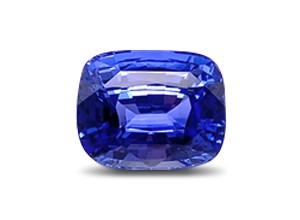 Blue Sapphire (Neelam)
Blue Sapphire (Neelam) 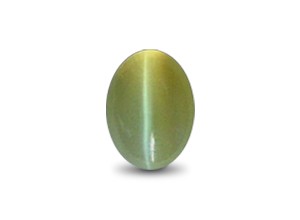 Cats Eye (Vaiduryam)
Cats Eye (Vaiduryam) 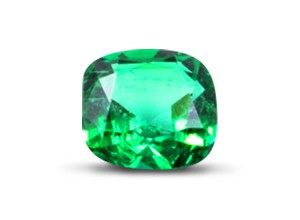 Emerald (Maragadham)
Emerald (Maragadham) 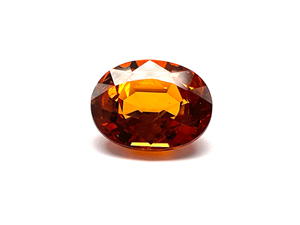 Hessonite (Gomed)
Hessonite (Gomed) 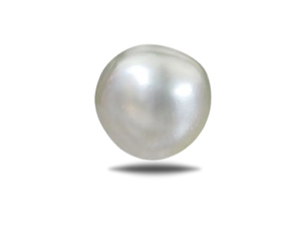 Pearl (Muthu)
Pearl (Muthu) 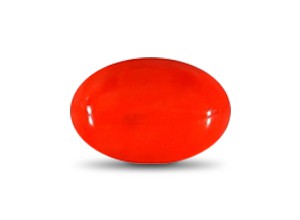 Red Coral (Pavalam)
Red Coral (Pavalam) 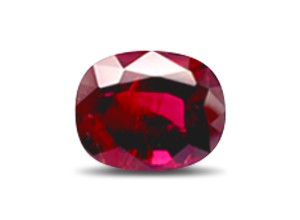 Ruby (Manik)
Ruby (Manik)  Yellow Sapphire (Pushparag)
Yellow Sapphire (Pushparag) 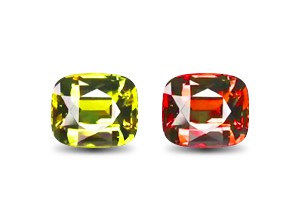 Alexandrite
Alexandrite 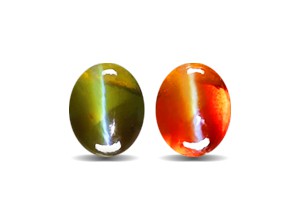 Alexandrite Cats Eye
Alexandrite Cats Eye 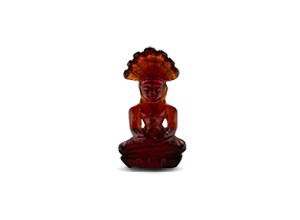 Carving Gem Stones
Carving Gem Stones 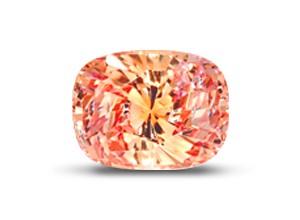 Padparadscha Sapphire
Padparadscha Sapphire 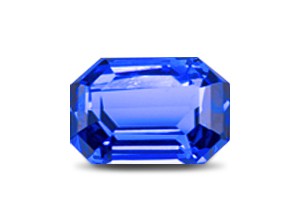 Tanzanite
Tanzanite 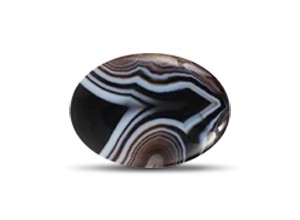 Agate
Agate  Amber
Amber 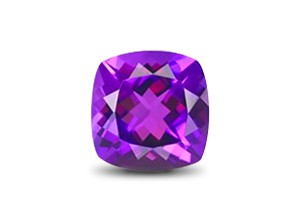 Amethyst
Amethyst 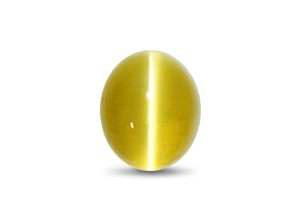 Apatite Cat's Eye
Apatite Cat's Eye 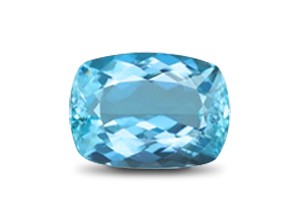 Aquamarine
Aquamarine 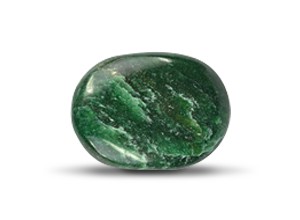 Aventurine
Aventurine 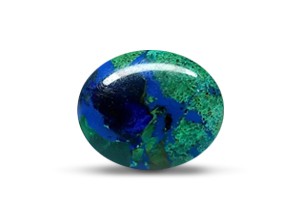 Azurite
Azurite 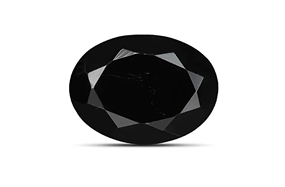 Black Tourmaline
Black Tourmaline 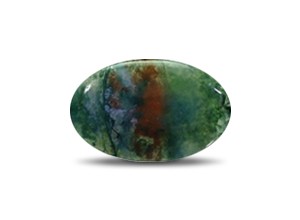 Bloodstone
Bloodstone 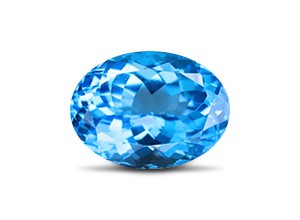 Blue Topaz
Blue Topaz 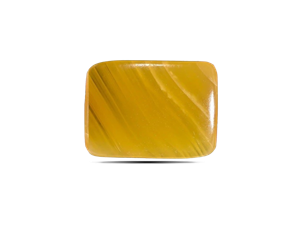 Calcite
Calcite 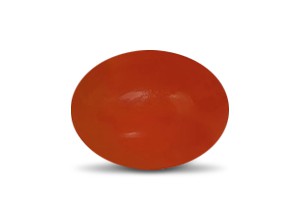 Carnelian
Carnelian 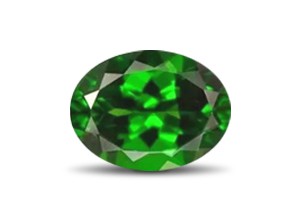 Green Sapphire
Green Sapphire 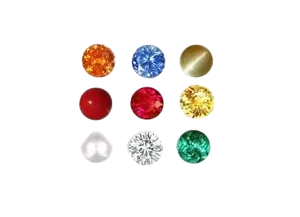 Navratna
Navratna 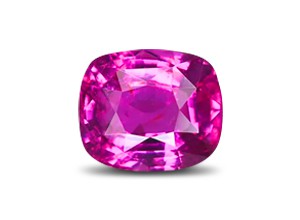 Pink Sapphire
Pink Sapphire 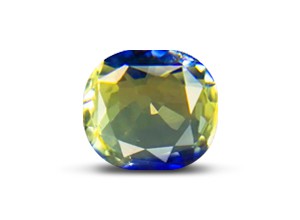 Pitambari Neelam
Pitambari Neelam 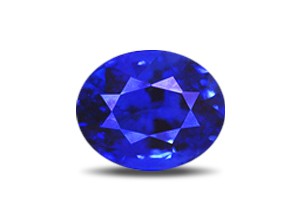 Sapphire
Sapphire 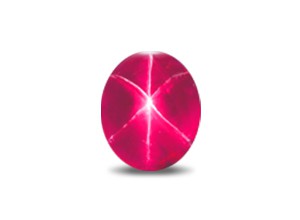 Star Ruby
Star Ruby 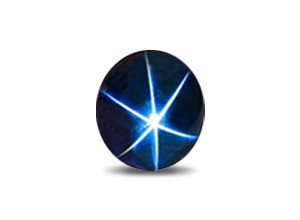 Star Sapphire
Star Sapphire 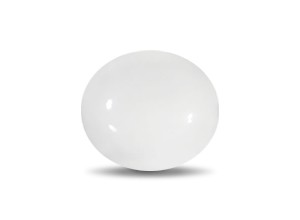 White Coral
White Coral 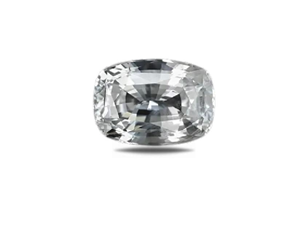 White Sapphire
White Sapphire 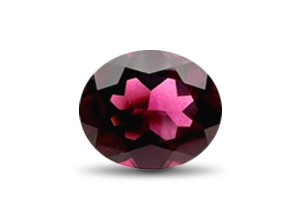 January Birthstone
January Birthstone 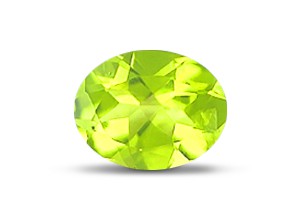 August Birthstone
August Birthstone 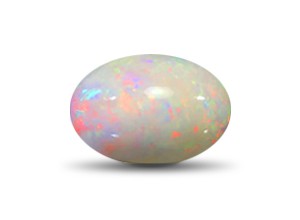 October Birthstone
October Birthstone 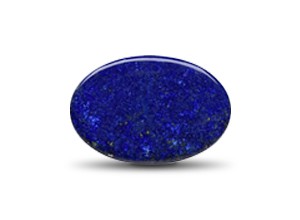 December Birthstone
December Birthstone  1 Mukhi Rudraksha
1 Mukhi Rudraksha  2 Mukhi Rudraksha
2 Mukhi Rudraksha  3 Mukhi Rudraksha
3 Mukhi Rudraksha 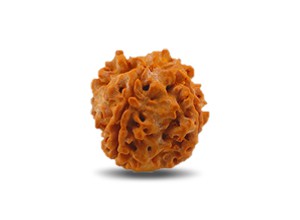 4 Mukhi Rudraksha
4 Mukhi Rudraksha  5 Mukhi Rudraksha
5 Mukhi Rudraksha 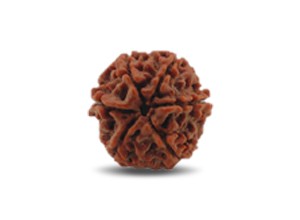 6 Mukhi Rudraksha
6 Mukhi Rudraksha 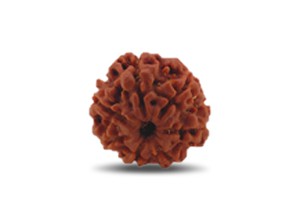 7 Mukhi Rudraksha
7 Mukhi Rudraksha 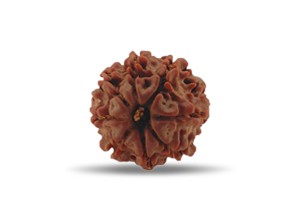 8 Mukhi Rudraksha
8 Mukhi Rudraksha 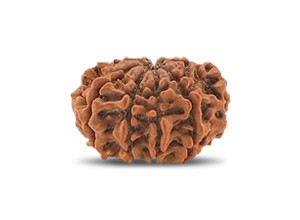 9 Mukhi Rudraksha
9 Mukhi Rudraksha  10 Mukhi Rudraksha
10 Mukhi Rudraksha 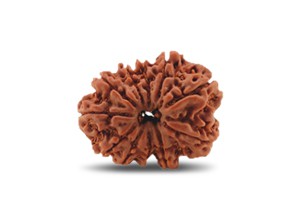 11 Mukhi Rudraksha
11 Mukhi Rudraksha 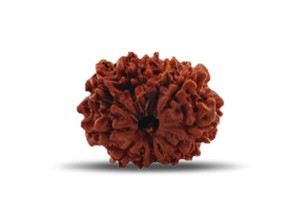 12 Mukhi Rudraksha
12 Mukhi Rudraksha 
